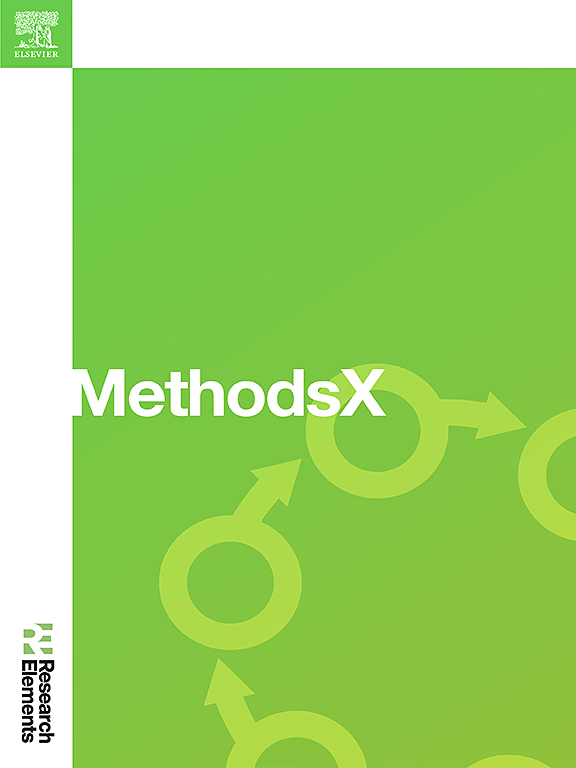Simple DNA extraction for museum beetle specimens to unlock genetic data from historical collections
IF 1.6
Q2 MULTIDISCIPLINARY SCIENCES
引用次数: 0
Abstract
Museum beetle specimens are valuable resources for genetic analyses; however, obtaining DNA from aged specimens remains challenging due to degradation, desiccation, and contamination. In this study, we present a simple, low-cost protocol for extracting DNA from museum beetles, optimized using cetyltrimethylammonium bromide (CTAB). This method effectively addresses common issues such as DNA fragmentation and contamination, enabling the recovery of DNA suitable for downstream applications such as PCR and next-generation sequencing. It provides a reproducible, non-destructive approach to extracting genetic material from fragile beetle specimens, thereby facilitating molecular investigations in fields such as taxonomy and conservation biology. The protocol is summarized as follows:
- •A method for DNA extraction is optimized for museum beetle specimens preserved for over 45 years.
- •The protocol is non-destructive and compatible with PCR and next-generation sequencing.
- •Multiple extractions can be pooled to increase yields, particularly when DNA concentrations are low.
This method broadens the possibilities for genetic analysis of historical specimens, offering new insights into long-term ecological and evolutionary processes.

简单提取博物馆甲虫标本的 DNA,从历史藏品中获取基因数据
博物馆的甲虫标本是基因分析的宝贵资源;然而,由于退化、干燥和污染,从老化标本中获取DNA仍然具有挑战性。在这项研究中,我们提出了一种简单、低成本的方法来提取博物馆甲虫的DNA,并使用十六烷基三甲基溴化铵(CTAB)进行了优化。这种方法有效地解决了常见的问题,如DNA碎片和污染,使DNA的恢复适合下游应用,如PCR和下一代测序。它为从脆弱的甲虫标本中提取遗传物质提供了一种可重复的、非破坏性的方法,从而促进了分类学和保护生物学等领域的分子研究。方案总结如下:•优化了一种DNA提取方法,适用于保存45年以上的博物馆甲虫标本。•该方案是非破坏性的,与PCR和下一代测序兼容。•多次提取可以合并以提高产量,特别是当DNA浓度较低时。这种方法拓宽了历史标本遗传分析的可能性,为长期的生态和进化过程提供了新的见解。
本文章由计算机程序翻译,如有差异,请以英文原文为准。
求助全文
约1分钟内获得全文
求助全文
来源期刊

MethodsX
Health Professions-Medical Laboratory Technology
CiteScore
3.60
自引率
5.30%
发文量
314
审稿时长
7 weeks
期刊介绍:
 求助内容:
求助内容: 应助结果提醒方式:
应助结果提醒方式:


